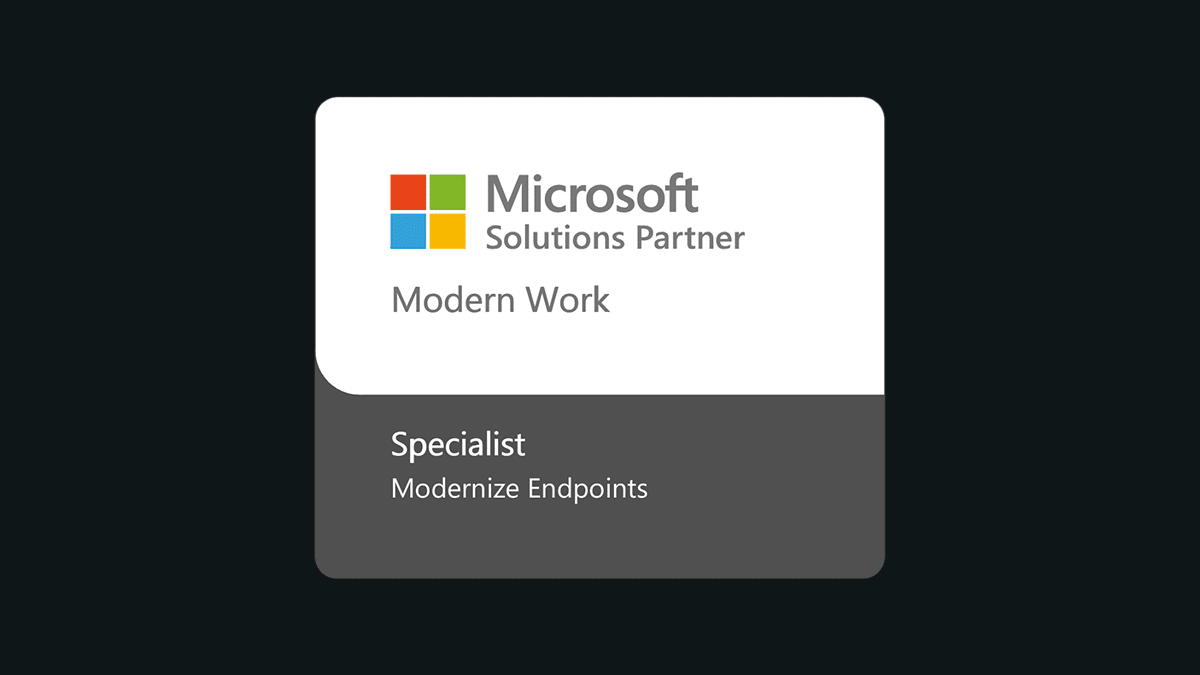Mobile contract negotiations may result in significant savings, but a ‘procurement first’ approach can lead to hidden costs and overspending.
Mobile contract negotiations are lengthy processes. Often, they stretch across a number of months in an effort to secure an appropriate deal.
Upon engaging in a contract and pricing review or RFP (Request For Proposal), carriers will often offer large procurement savings of up to 20-30%, sometimes even exceeding this.
At face value, these procurement savings look highly valuable to a business. For example, purchasing of an entire fleet of new iPhones can be very costly.
Therefore, the possibility of a large procurement cost saving is extremely appealing.
Because of this, it is often rare for IT, Finance and Procurement teams to stand back and evaluate why it is possible for carriers to allow them to secure such large savings in the first instance.
Often, it is seen as a job well done, and the search for the next contract commences.
The dangers of a procurement first strategy
Fast forward two or three years and it’s time for a new fleet of devices for the company. Once again, the exercise is repeated and another 20-30% saving is negotiated. Cycle, rinse and repeat.
IT cost management is often approached with a ‘procurement first’ strategy. But scratch below the surface, and most businesses would see that a combination of events really occurred over the preceding contract term. Resulting in significant and hidden overspending.
The majority of enterprises overspend by 30% or more on their existing, negotiated telecom investments.
These can include:
- Paying for unused services.
- Not optimising tariffs.
- Not invoking benchmarking clauses.
- Exceptional and uncontrolled usage.
- Lack of visibility of spend.
- Poor inventory management.
- Incorrect or inefficient deployment of technology.
- Poor or limited training.
The list is extensive, with mobile carriers making it incredibly easy for a company to fall foul of a multitude of those factors.
The procurement exercise was a short-term solution, quickly allowing the business to initially cut costs. But without plan management, costs quickly stacked up.
Once CIO’s and IT leaders become aware of this, then a new opportunity arises to save money and avoid any significant costs which may come to light.


Free Guide
Revealed: How to save 30% on device management
Unlock the secrets to more than 30% savings on mobile and airtime management.
Download your 5-step strategy and learn how to:
- Stop overspending on network and device investments
- Unlock savings with smarter mobile and BYOD policies
- Leverage Microsoft for security and cost-efficiency
How much excess and hidden cost is your business carrying?
Most businesses are overspending by at least 10-20%, often more, on mobile and telecom services. It’s common that these savings could have been released long before contract renewal time came around.
As a result, despite businesses thinking they’d made a huge 20-30% saving through their procurement negotiations, the reality is that at least half (most likely more) was wastage and hidden cost anyway.
The mobile carrier simply adjusted their pricing in order to mask these hidden costs.
Proactive management is the best solution
There are a multitude of ways to save money. However many require proactive management or a ‘management first’ principle.
With the majority of cases, there’s nothing stopping businesses exploring and implementing these methods, regardless of when a network contract is due for renewal.
Manage and measure usage
Removing wastage, tracking usage and spend, managing excessive usage, and maintaining accurate inventory will all greatly contribute to keeping costs optimised throughout the contract term.
All of these are likely accountable for 10-20% of current mobile costs, and around 5-10% of fixed line costs.
Change or deploy technology and commercials for each ‘use case’
Within mobile telecoms, it’s common for businesses to deploy the exact same tariffs and technology to all users and ‘use cases’, regardless of their usage.
Far too often, different job roles require a different mobile services to do their job to the best of their abilities.
By identifying the 1-2% of outliers which often account for 20% or more of usage costs, and subsequently tailoring services to their needs, you can dramatically reduce costs and improve productivity.
Look at the operating and support model for telecoms
How effective is your business really at supporting and deploying services?
Often, IT help desks are tasked with building, deploying and managing mobile phone and tables for their users.
Realistically, they often do not have the right tools and resources required to successfully implement this.
All too often, IT support processes are poorly defined or lack the right tools and systems to manage telecoms services.
As a result, it’s common for both network and resource costs to increase, errors to be made in provisioning that lead to future costs (e.g. wrong tariffs applied) and for security risks to increase.
Identify hidden IT and Telecoms budgets
An increase in BYOD and cloud services has seen a rise in IT spend being generated (unchallenged and unmanaged) in other departments’ budgets and even in employee expenses.
Often these areas hide substantial IT spend but also create un-managed security risks.
BYOD expense claims, for example, can often exceed the cost of corporate services that they were supposed to remove or reduce in the first instance.
Procure better terms
Procurement remains a critically important part of contract negotiations.
However, it should be invoked from an optimised position, where the business has at minimum already identified any hidden costs and wastage.
For example, a saving of 30% on a £10 line rental for a service which is unused, is still an overpayment of £7.
Multiply this by the number of unused services and already a large unnecessary cost can emerge.
If indeed they are separate, a business’s procurement team should also be able to work alongside IT to identify how the use of services are likely to change over the contract term, and where costs are likely to rise.
This means flexible and appropriate terms can be negotiated, as well as great pricing to ensure the business can easily adapt to change in the future.
A ‘management first’ approach won’t work for every business, with some happy to continue in a procurement first cycle.
In the process, however, these businesses risk not only overspending over the lifetime of each contract, but also fail to identify easily preventable material support issues, wastage, and potential security risks.
Conclusion
When it comes to mobile contract negotiations, it’s all too easy for businesses to fall into the trap of using a procurement-first strategy.
This can lead to significant and hidden overspending.
Procurement remains a vital part of the negotiation process, but your organisation should take a more proactive management approach, by identifying areas where they can save money and avoid hidden costs.
Businesses can save money and improve productivity by:
- Managing and measuring usage.
- Changing or deploying technology for each “use case”.
- Looking at the operating and support model for telecoms.
- Identifying hidden IT and telecoms budgets.
- Procuring better terms.
With these measures, businesses can optimize their mobile and telecom services costs and avoid being blindsided by hidden costs that will stack up over time.


Free Guide
Revealed: How to save 30% on device management
Unlock the secrets to more than 30% savings on mobile and airtime management.
Download your 5-step strategy and learn how to:
- Stop overspending on network and device investments
- Unlock savings with smarter mobile and BYOD policies
- Leverage Microsoft for security and cost-efficiency
Next steps
Like this? Don’t forget to share.

Great emails start here
Sign up for free resources and exclusive invites
Subscribe to the Kocho mailing list if you want:
- Demos of the latest Microsoft tech
- Invites to exclusive events and webinars
- Resources that make your job easier
























Got a question? Need more information?
Our expert team is here to help.








